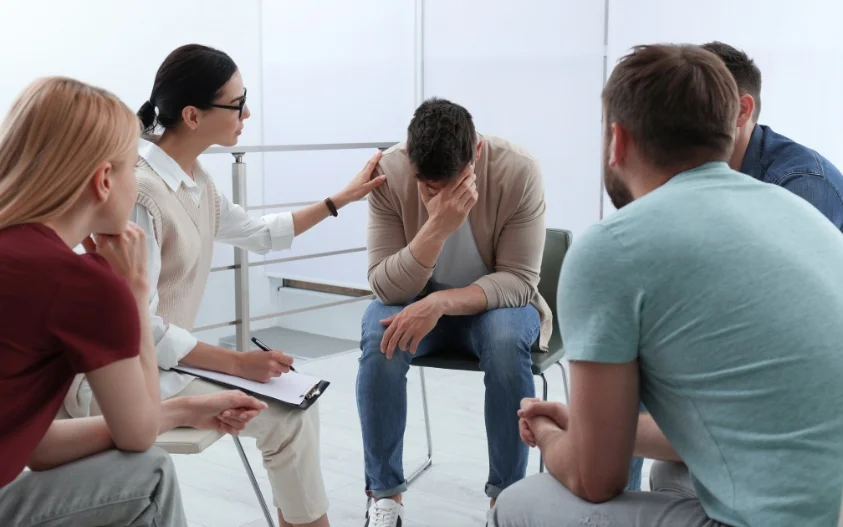24/7 Helpline:
(866) 899-221924/7 Helpline:
(866) 899-2219
Learn more about Intensive Outpatient Program centers in Bowling Green
Intensive Outpatient Program in Other Cities

Other Insurance Options

Premera

Coventry Health Care

Humana

AllWell

BlueShield

CareSource

Private insurance

Access to Recovery (ATR) Voucher

Lucent

Providence

Excellus

WellCare Health Plans

Aetna

UnitedHealth Group

State Farm

Covered California

Anthem

American Behavioral

Absolute Total Care

BlueCross















